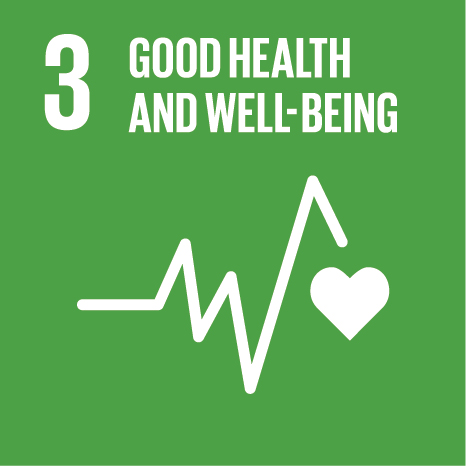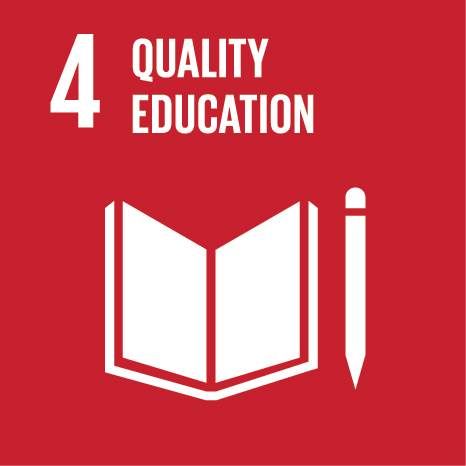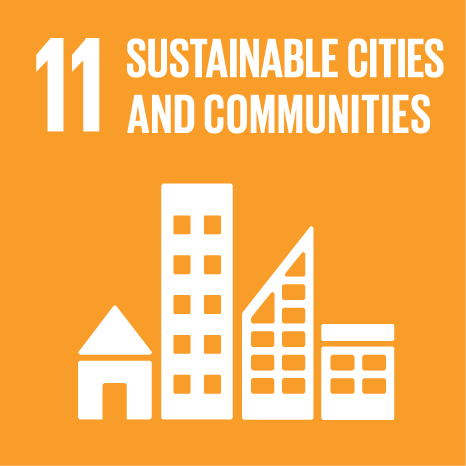Ciência_Iscte
Publications
Publication Detailed Description
Machine learning models to predict the COVID-19 reproduction rate: Combining non-pharmaceutical interventions with sociodemographic and cultural characteristics
Journal Title
Informatics for Health and Social Care
Year (definitive publication)
2025
Language
English
Country
United Kingdom
More Information
Web of Science®
Scopus
Google Scholar
This publication is not indexed in Overton
Abstract
Since the beginning of the COVID-19 pandemic, countries worldwide have implemented a set of Non-Pharmaceutical Interventions (NPIs) to prevent the dissemination of the pandemic. Few studies applied machine learning models to compare the use of NPIs, socioeconomic and demographic characteristics, and cultural dimensions in predicting the reproduction rate Rt. We adopted the CRoss-Industry Standard Process for Data Mining (CRISP-DM) methodology using as data sources the “Our World in Data COVID-19”, the “Oxford COVID-19 Government Response Tracker” and the Hofstede Insights data. We analysed the impact that the Hofstede's cultural dimensions, the implementation of various degrees of restriction of NPIs and the sociodemographic variables may have in the reproduction rate by applying machine learning models to understand whether cultural characteristics are useful information to improve reproduction rate predictions.
We included data from 101 countries to train several machine learning models to compare the results between the models with and without the Hofstede's cultural dimensions. Our results show the use of cultural dimensions helps to improve the models, and that the ones that obtained a better prediction of the Rt were the ensemble models, especially the Random Forest.
Acknowledgements
This work was supported by the Fundação para a Ciência e Tecnologia (FCT) within the grant number UIDB/04466/2020, and also by the European Commission under the grant agreement number 101071330 (InCITIES) and grant agreement number 101177236 (PIONEER).
Keywords
COVID-19,NPIs,Non-pharmaceutical interventions,Hofstede’s cultural dimensions,Machine learning,Reproduction rate Rt
Fields of Science and Technology Classification
- Computer and Information Sciences - Natural Sciences
- Electrical Engineering, Electronic Engineering, Information Engineering - Engineering and Technology
- Health Sciences - Medical and Health Sciences
Funding Records
| Funding Reference | Funding Entity |
|---|---|
| UIDB/04466/2020 | Fundação para a Ciência e a Tecnologia |
| 101177236 | Comissão Europeia |
| 101071330 | Comissão Europeia |
| UIDP/04466/2020 | Fundação para a Ciência e a Tecnologia |
Related Projects
This publication is an output of the following project(s):
Contributions to the Sustainable Development Goals of the United Nations
With the objective to increase the research activity directed towards the achievement of the United Nations 2030 Sustainable Development Goals, the possibility of associating scientific publications with the Sustainable Development Goals is now available in Ciência_Iscte. These are the Sustainable Development Goals identified by the author(s) for this publication. For more detailed information on the Sustainable Development Goals, click here.

 Português
Português




